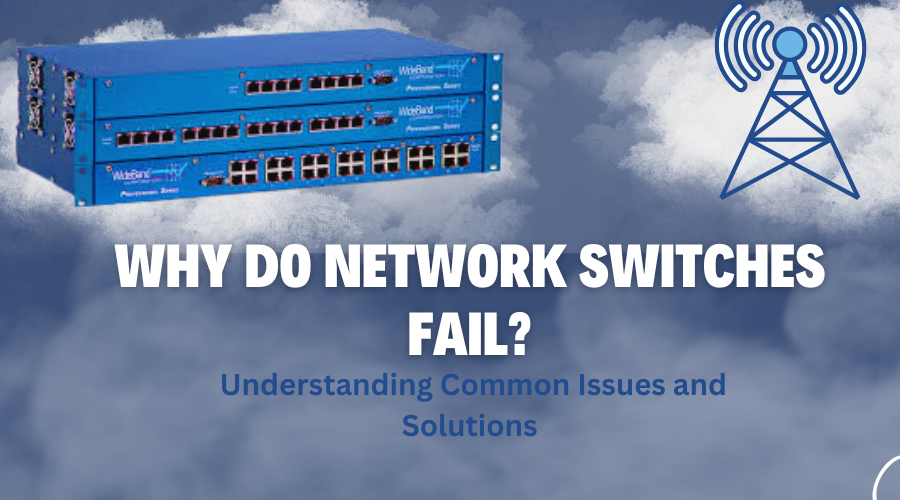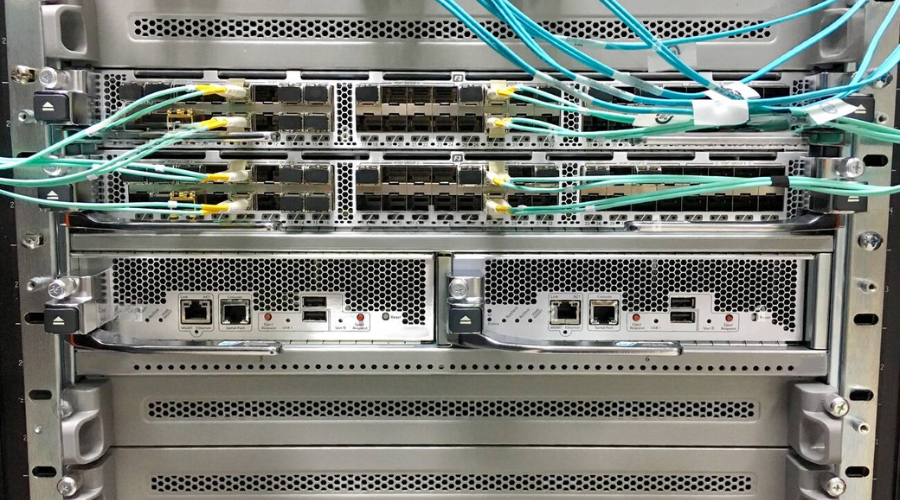-
 No. 659 Hewang Rd, Jiading District, Shanghai P.R.China
No. 659 Hewang Rd, Jiading District, Shanghai P.R.China
-
 info@marvels-sense.com
info@marvels-sense.com
-
 +86-18321684506
+86-18321684506

Network switches are considered the backbone of modern networking infrastructures in this world of connectivity. These important devices enable a large number of device communications in organizations; therefore, their reliability is crucial to smooth business operations. Understanding why switches fail and how one can prevent such failures is an important aspect of network stability and assurance of negligible network downtime.
Just like the intelligent traffic controllers of the digital highway, network switches maintain functionality. Unlike passive hubs that broadcast data in all directions to all connected devices, switches make intelligent decisions to route data packets to their destination. This advanced form of traffic management ensures that the network performs efficiently and adds security.
Modern networks utilize a variety of switch types, from the simple, unmanaged variety suitable for small offices to complex ones that are managed and offer advanced capabilities like VLANs, QoS, and even highly detailed network monitoring. Managed switches offer higher Control and better visibility but might be more difficult to set up and maintain since they require far greater knowledge.
Physical components in network switches include circuit boards that can develop microscopic cracks over time, capacitors that can bulge or leak, and connection ports that can wear out from repeated cable insertion and removal. Quality manufacturers like Cisco and HP use high-quality components and rigorous testing processes, but even the best hardware eventually shows an age factor.
Heat management is among the most critical factors in switch longevity. Many of the current switch products generate immense amounts of heat during their operation, especially when they are in high-volume areas. If the ventilation systems choke with dust or are installed improperly, the buildup of internal temperatures might increase abruptly. Prolonged exposure to highs accelerates component deterioration and may result in failures with immediate effects.
Modern network switches have become highly sophisticated hardware, run by a reasonable amount of software and firmware to manage the traffic across them efficiently. Bugs or security vulnerabilities in older firmware can affect efficient performance. Besides, unexpected behavior or complete failure of a switch might also be caused by incompatibilities among firmware versions and network protocols.
Poor switch configuration is often the cause of network instability. The most common misconfigurations are as follows:
Incorrect STP settings are some of the reasons for network loops and, consequently, broadcast storms, which deplete the resources of the connected switches and bring down the network's performance.
Poor VLAN configuration may lead to security issues and the inability to communicate segment-to-segment.
Power-related problems are one of the leading causes of switch failure. Drawing inchoate power supplies, voltage fluctuations, and sudden power loss have the potential to destroy internal parts. Some enterprise-class switches have duplicate power supplies, but these could be an aspect of network reliability that may be overlooked in smaller companies.
Performance monitoring often provides the basis for early detection of switch-related problems. Any more-than-expected latency spikes, occasional connectivity issues, or typical packet losses might indicate at-nascent problems within a switch.

The following are potential issues that can be found with visual and audio inspections:
Unusual operating sounds of cooling fans
LED indicators that show odd patterns
Overheating of the switch due to excessive housing heating
The presence of any visible impact damages or corrosion on external parts
A structured troubleshooting process helps find the cause when switches go bad.
Start with some basic checks: integrity of cables, connectivity, and whether the power supply is stable. Document every single error message and pattern of unusual behavior.
Utilize the native diagnostic tools and logging. Most managed switches maintain extensive error logs; performance statistics highlight the problem areas.
A correctly implemented proactive maintenance program would go a long way to reduce the likelihood of sudden failures of switches significantly:
This includes maintaining room temperatures and humidity levels, as required by network equipment. Cleaning ventilation systems periodically keep dust off.
Document all switch configurations and review the settings occasionally to gain optimization opportunities. Have backups of the switch configuration in a secured manner so that, should something happen, recovery can be made as soon as possible.
Establish good documentation practices:
Network topology maps
Configuration change logs
Performance baseline measures
Introduction to Incident Response Procedures
Choosing a high-quality network switch is one of the most important decisions concerning network dependability. Sure, there may be even more expensive facilities, but usually qualitative switches have the following advantages:
Improved quality of the components
More sophisticated security features
Superior technical support
Longer service life
How often should network switches be replaced?
Generally, an enterprise-class switch operates in the recommendation for 5-7 years, although the actual replacement depends upon the usage pattern and environmental conditions, plus specific business needs.
Can software updates result in switch failures?
Though rare, firmware updates may cause problems if not tested correctly or if there are incompatibilities. Always review release notes and test updates in a non-production environment first.
What is the leading cause of switch failures?
Environmental causes, with heat being the most significant, are the most common physical causes of switch failures. Proper ventilation and regular maintenance could considerably extend a switch's life.